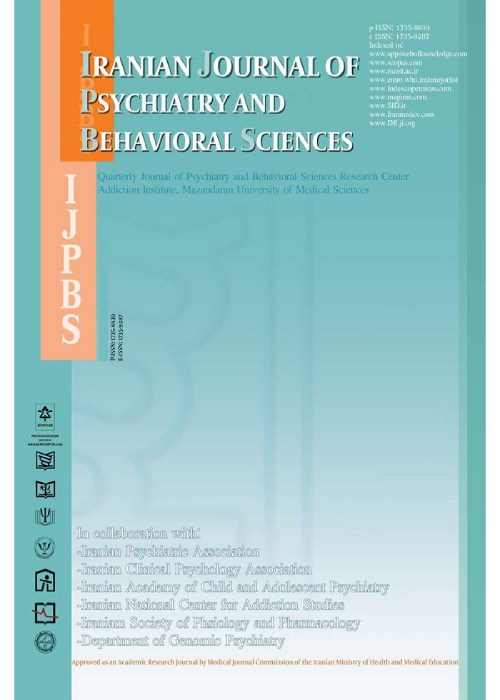Comparison of Suicide Attempts and Associated Risk Factors During the COVID-19 Pandemic and One Year Before
Many studies have investigated the rate of suicide attempts and their risk factors during the coronavirus disease 2019 (COVID-19) pandemic; however, the results are still challenging.
This study investigated and compared the risk factors effective in suicide attempts during the pandemic period and one year before.
This case-control study was conducted at Loghman Hakim hospital, Tehran, Iran. Random sampling included all patients in the inpatient ward who were over 12 years of age and committed suicide during the pandemic within October 1, 2021, to August 30, 2022 (case group; n = 160) or one year before within March 11, 2019, to March 11, 2020 (control group; n = 160). Demographic information, mental-psychological status, and socioeconomic status (SES) of the patients in the case group, before and after the COVID-19 pandemic, were recorded during face-to-face interviews using a predesigned semi-structured questionnaire by study staff trained and supervised by a clinical psychiatrist. Additionally, the data of the patients in the control group were retrospectively recorded during the review of medical records and telephone interviews. The Wilcoxon signed-rank test was used to compare the variables in the case group before and after the COVID-19 pandemic. The Student’s t-test and chi-square test were used to compare the variables between the case and control groups. Additionally, to determine the risk factors predicting suicide attempts during the pandemic, a multivariable logistic regression test was used. The data were analyzed using PASW18 software.
The results showed that the patients in the case and control groups had significant differences in terms of age (P = 0.01), underlying mental disorders (P = 0.032), and parental relationship (P = 0.001). Moreover, the variables of suicidal ideation (P = 0.002), feeling lonely (P = 0.023), sleep disorder (P = 0.32), and domestic violence (P = 0.004) in the case group were significantly higher than the control group. In addition, the comparison of these variables in the patients of the case group, before and after the COVID-19 pandemic, showed that the start of the pandemic triggered these factors and led to an increase in suicide attempts in this population. Finally, the logistic regression analysis showed that the variables of SES, having a close friend, parental relationship, previous planning for suicide, domestic violence, andjob loss could be considered predictive risk factors for suicide attempts during the pandemic period.
According to the present study’s findings, the psychological and socioeconomic conditions triggered by the COVID-19 pandemic led to an increased likelihood of suicidal ideation or attempts in vulnerable individuals.
- حق عضویت دریافتی صرف حمایت از نشریات عضو و نگهداری، تکمیل و توسعه مگیران میشود.
- پرداخت حق اشتراک و دانلود مقالات اجازه بازنشر آن در سایر رسانههای چاپی و دیجیتال را به کاربر نمیدهد.


